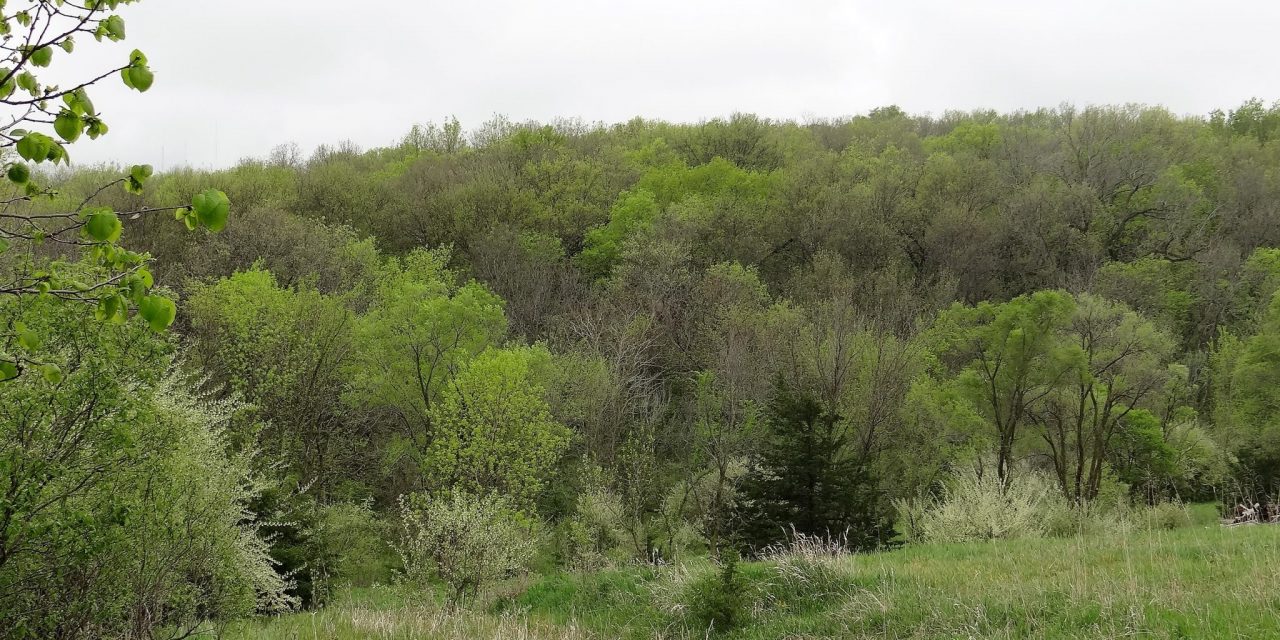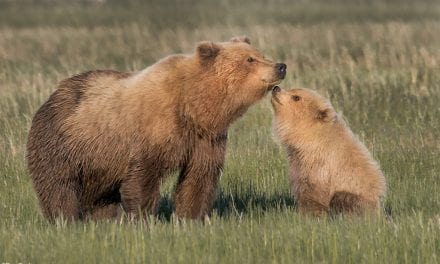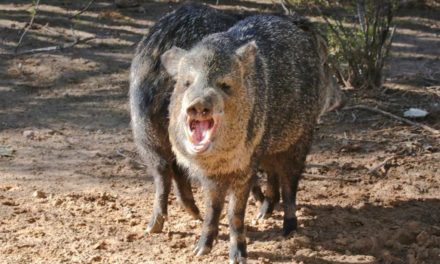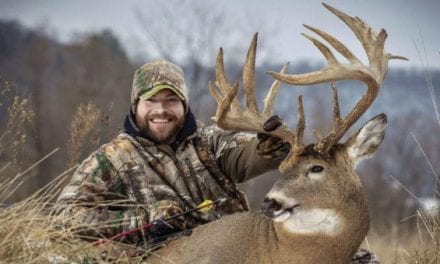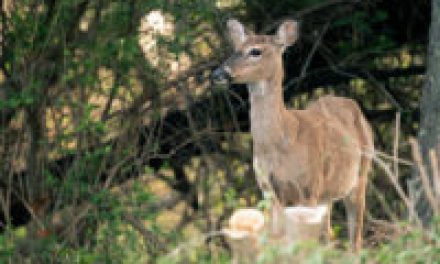There is no doubt that your morel mushroom hunting grounds along river bottoms and their tributaries in eastern and central Nebraska were greatly impacted by recent catastrophic flooding. This is the most widespread damage the Nebraska Game and Parks Commission has experienced due to a natural disaster. In my 40 years with the agency and growing up near the Platte River, I have never witnessed any natural catastrophe to this magnitude.
So, as an outdoor enthusiast, maybe you’ve been thinking: I wonder what impact the flooding has had on my morel mushroom picking spots? Will there be any morels there to harvest this spring? Are they safe to eat if I do find a few in the flooded areas? Should I go elsewhere to search for the tasty morels, perhaps into the hills?
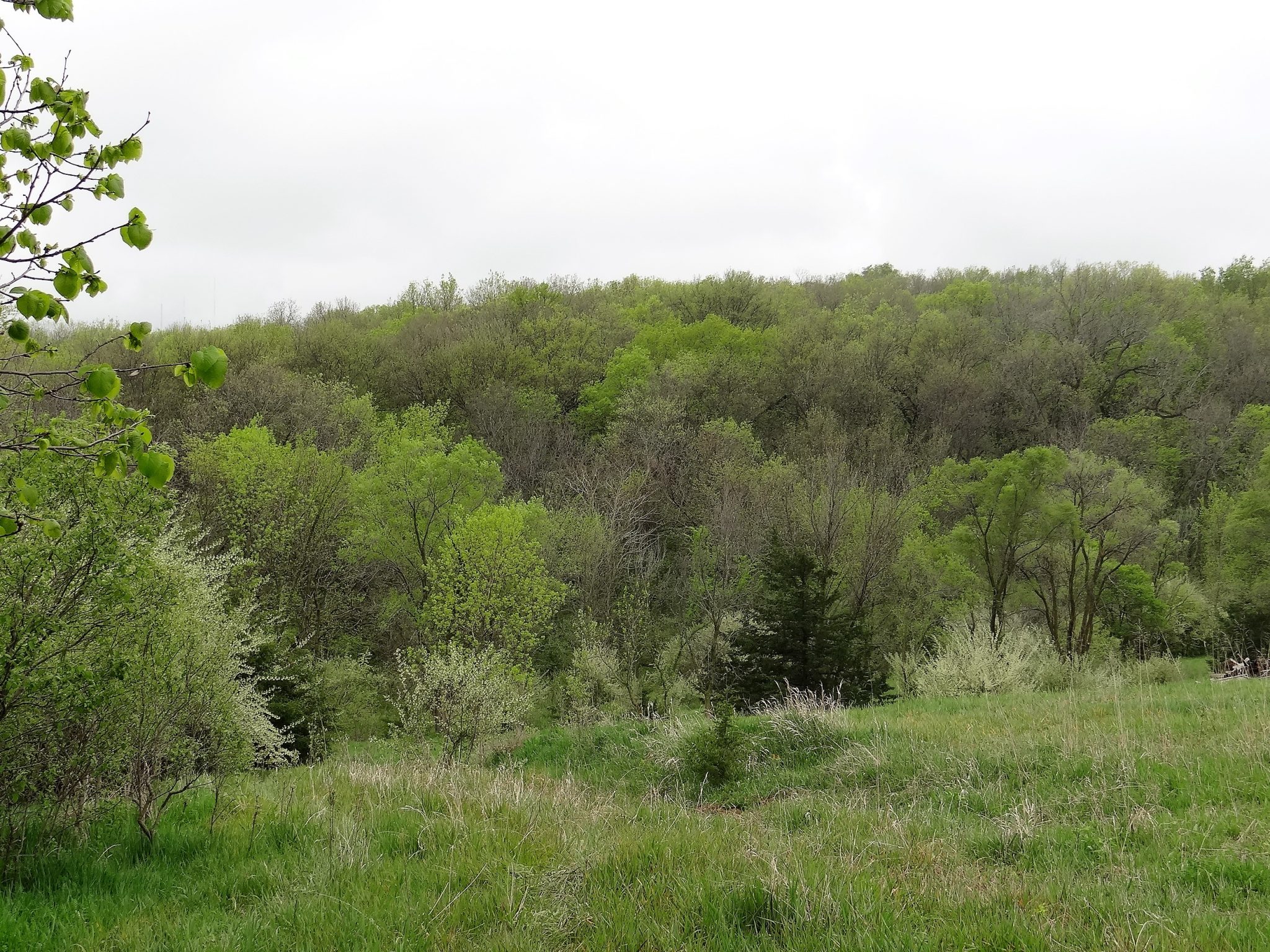
I put those questions and others to some of the most renown morel mushroom foraging experts I know to get answers to help you be safe and give you solid, accurate information for your morel mushroom hunting harvesting expeditions this season.
Here’s what the experts had to say:
Kathleen Cue, University of Nebraska Extension Horticulture Educator and Master Gardener Program Coordinator at the Dodge County Extension Office based in Fremont, NE, and John Porter, who is the Urban Agriculture Program Coordinator/Omaha Metro District for the University of Nebraska Extension and Nebraska College of Agriculture. John is based at the Douglas-Sarpy County Extension Office in Omaha, NE:
The flooding and subsequent ponding have had profound effects on plant life and fungi in the landscape. Aside from your own trees, shrubs, grasses and fruit trees, you may have been looking forward to morel mushroom hunting season. It’s important to note that any mushroom which grew from or was exposed to flood waters should never be eaten.
Morels and other wild edible plants that are on or near the flood plain should be assumed to be contaminated. Flood waters were confirmed to contain E.coli bacteria and other contaminants after recent testing.
The biggest issue with morel mushrooms on flooded river and creek bottoms is actually the possible presence of human pathogens in the soil from livestock manure, municipal sewage, and other sources and potential chemical or industrial wastes. While pathogens will dissipate over time above the surface since they are exposed to sun and other elements, they are likely to persist in the soil for much longer.
While there’s a recommended waiting period of 90 or 120 days for harvesting crops or plants from flooded areas (vegetable garden, wild fruits, etc.), the porous structure of fungi like morels and the persistence of pathogens below the soil level create a hazard to human health for a considerable period following a flooding event. The recommendation is to avoid harvesting in areas covered by flooding for at least one year to reduce risk. And, there is no way to adequately clean morels from flood-struck areas because of their porous and fragile structure.
For wild edible plants that have had direct contact with the soil in flooded areas, the waiting period for safe consumption should be at least 120 days from when the flood waters receded to when the produce is harvested.
Do we expect to find any morels right after a flood in river bottoms in the springtime? While we are not aware that there’s a scientific study to show this, most of the information that we know and have heard is that silt and muck will cover much of the harvesting areas in flood zones, and lots of soil where the fungi were colonized could have been washed away.
A tip for those foraging for morel mushrooms in the hills: Keep in mind that morel mushrooms have a symbiotic relationship with certain species of trees (ash, elm, apple, etc.) and their tree root systems.
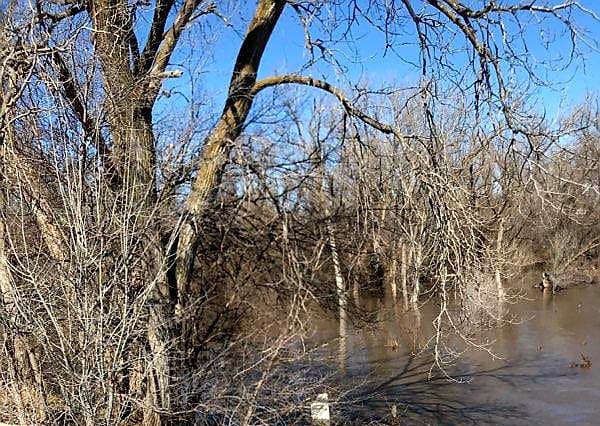
Tersh Kepler, an individual who has over 50 years of morel mushroom hunting experience, owner of Morel Mushroom Supply, seminar and workshop presenter on morel mushroom hunting for the Nebraska Game and Parks Commission and other entities:
Immediately after a flood and entering morel mushroom picking season you will not find any mushrooms in flooded lands nor much, if any, plant growth or foliage.
I describe walking in a flooded landscape like walking on the moon with sand dunes, craters, depressions and debris all over the place.
The year following a flood you may only find a few morels in traditional locations. Ideally the best time is about two or three years after a flood where there seems to be a large abundance of dead trees and consequently, more morel mushrooms. That’s because the morels feed off dead and decaying organic matter.
Not to minimize the impact flooding has on people and their property and livestock, but to me, when flooding occurs, it is almost like Mother Nature cleanses the natural landscape and brings back a fresher, renewed one with a larger batch of morels.
For those wondering, going into the hills to look for morels this year will be normal. Generally, we get morels in the moister, hilly woods starting about the second week of May for Omaha and the surrounding area. And, as we know, we want the ground temperature to be between 50 and 55 degrees. This is always key.

I think state park lands in hilly terrain with woods such as Mahoney, Platte River, Schramm, Ponca and Indian Cave should be targeted for morels. Just remember to get your state park permit and check park rules.
When it comes to exactly where to find morels in the hill country, I look for old growth woodland habitat in the hills with freshly dead hardwood trees – those hardwoods that have been dead for one, two or three years. Hunt for your mushrooms around dead and decaying cottonwood, elm, ash and apple trees with the bark still on them or just starting to peel. The lower areas (creeks and ravines) of hilly ground are normally pretty good for morel mushroom hunting.
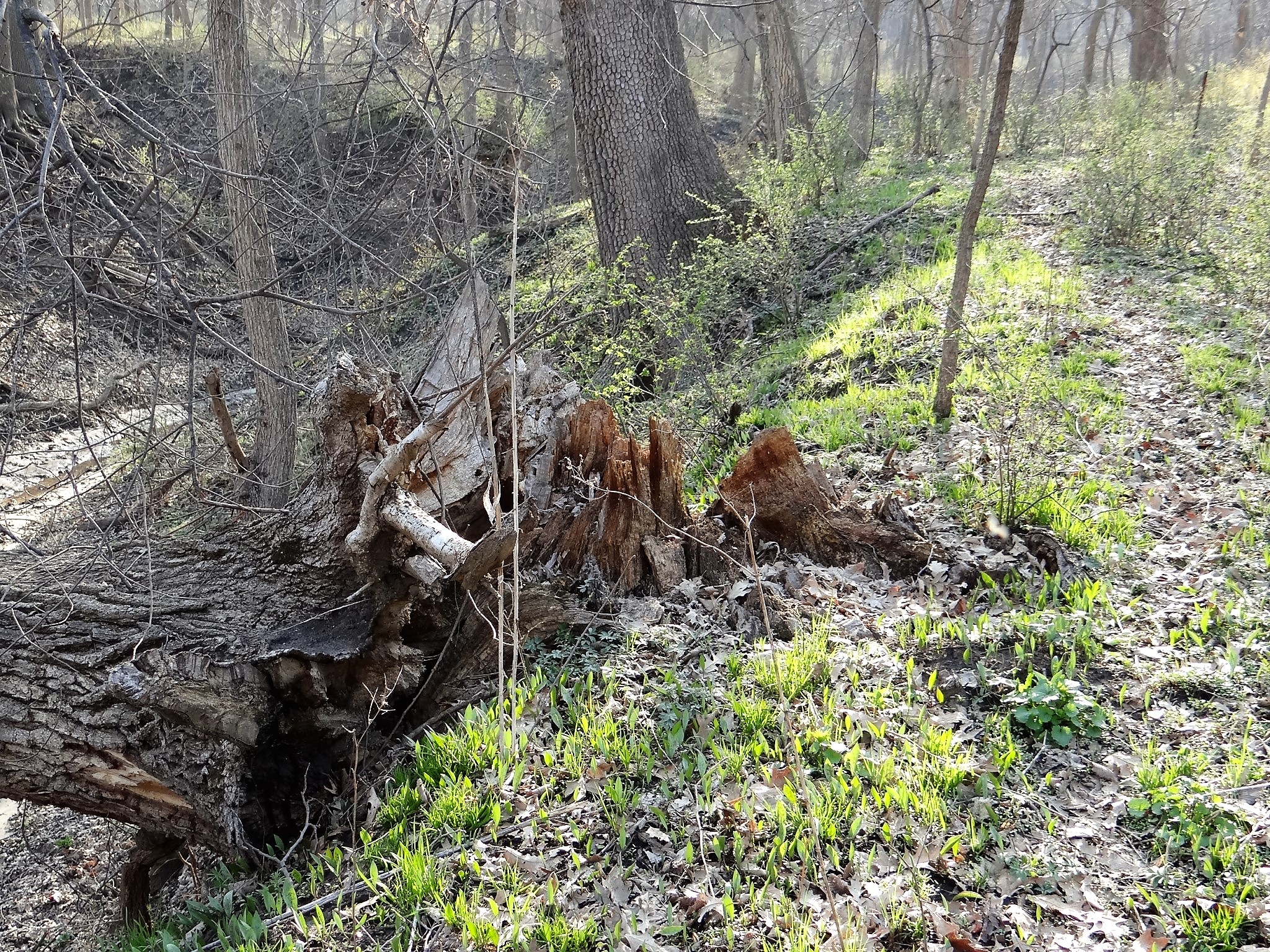
I would also recommend that morel mushroom hunters learn to read the trees. Follow the limb systems from the trunk to their ends. Look up, look down. Really examine the leaf litter on the forest floor, especially where a more open forest canopy allows rays of sunlight to enter and warm the moist, loose soil. If you find one morel mushroom, there are going to be more, so keep looking.
The beautiful thing about the morel is that there are so many places that we can look for them away from flooded river bottoms.
Growing up, I used to spend more time in the hills hunting morel mushrooms than I did on the river bottoms.

Mark Davis, notable photojournalist, blogger and outdoor writer, current staff writer for the Powell, Wyoming Tribune, longtime morel mushroom hunter and avid outdoorsman:
Floods can devastate a morel season. I’ve found through the years that flooded areas often produced fewer morels.
In 2011 along the Missouri River we hunted hard and found areas that were productive in earlier years to be tough hunting immediately after the flood (The Great Flood of the Missouri River). That said, once things dried out the following years, the hunting was a little better due to the increase in dead trees.
Flooding this year breaks my heart. The hardships on families, communities and farmland makes the effect on morel mushroom hunting seem trivial. But I’ve already heard from morel hunters who say traditional spots took direct hits.
Moving to the hills is tougher work. You must get permission to morel mushroom hunt anywhere on private land and be aware of spring turkey hunters. I’ve found it best to go out on a sunny day after rain and looking to the hillsides with southern exposure. That said, eastern Nebraska has a lot hills covered in bur oaks – a species of trees near which I’ve found few morels. I’m not a scientist and only speaking from my experience. Others may have had different experiences.
One thing I know to be true – hill hunting is harder on the knees.

Adam Jones, Superintendent of Indian Cave State Park near Shubert, NE, wildlife biologist and Nebraska Master Naturalist:
At Indian Cave State Park, non-flooded areas for morel mushroom hunting should be fine. Just stay away from the lowlands as we are not sure what may have come down with the flooding.
The morel mushrooms on the southeast-facing slopes will “pop” first as the soil will warm the fastest and receives the most sun. Morels tend to emerge when the soil temperature is between 50-55 degrees F.
In our neck of the woods, people say that when the red buds flower it is a good indicator of when the morel mushroom harvesting season has arrived or is close. There is another saying down here when it is time to pick morels and it is “when the oak leaves are as big as squirrel ears!”
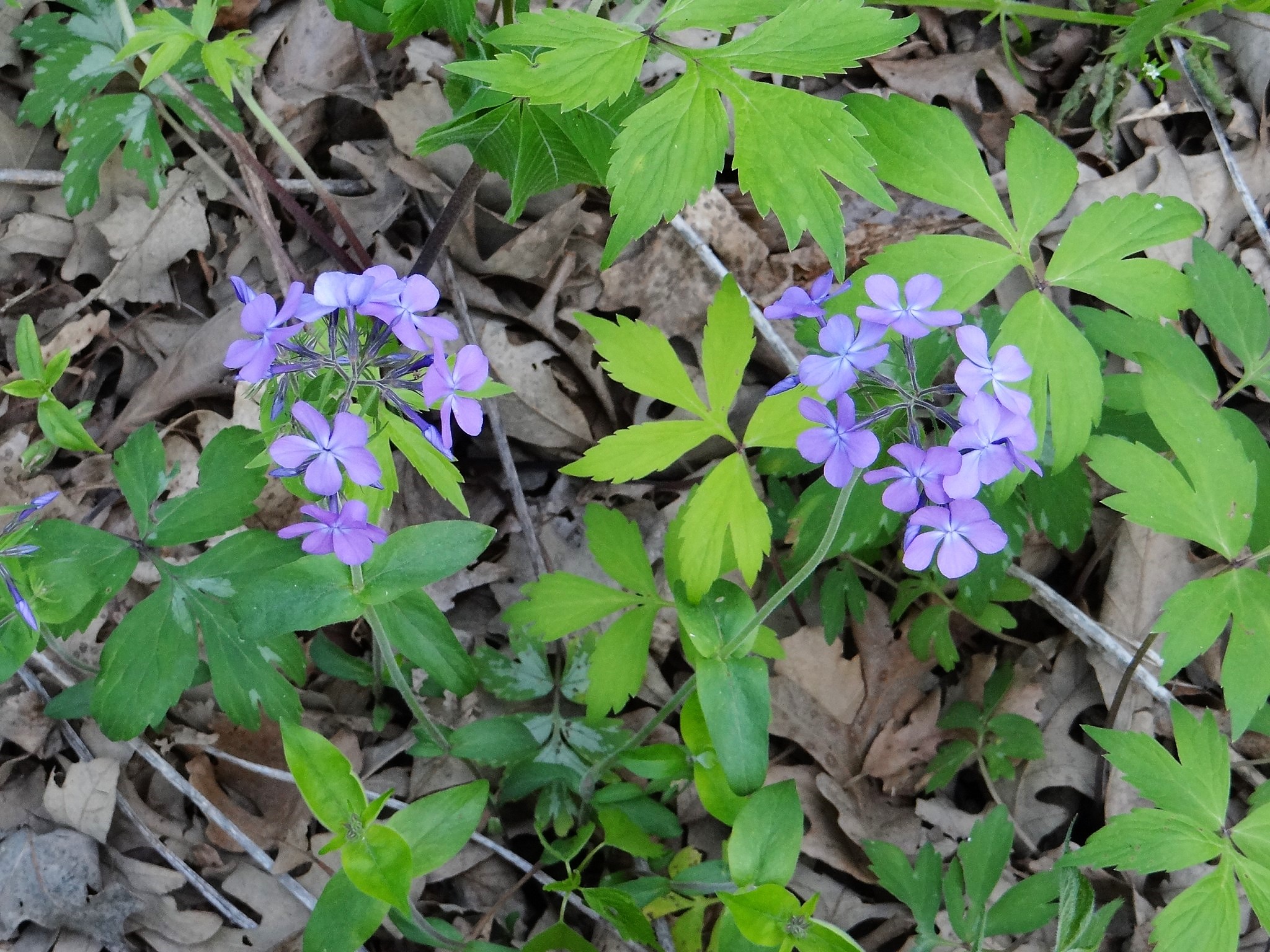
Regarding foraging tips for morels, look down! Morel mushrooms tend to grow near elms and ash trees. We perform prescribed fire in the park every year for ecological purposes, and the burned areas of the soil warm the fastest but they also dry out the quickest, but they should not be overlooked for morels. These may be good locations for beginners to hunt for morels as they will be easier to see.
For morel mushroom foraging safety at a large place like Indian Cave State Park, the big thing: Don’t get lost! I have had to find morel hunters lost in the woods every year and give them rides back on the John Deere Gator utility vehicle (UTV) after they’ve worn themselves out by hiking too far. Other safety tips would include: Make certain you are picking morels and correctly identifying the specimens you have. Watch for noxious plants (e.g. poison ivy, stinging nettles) and take precautions against ticks and mosquitoes.
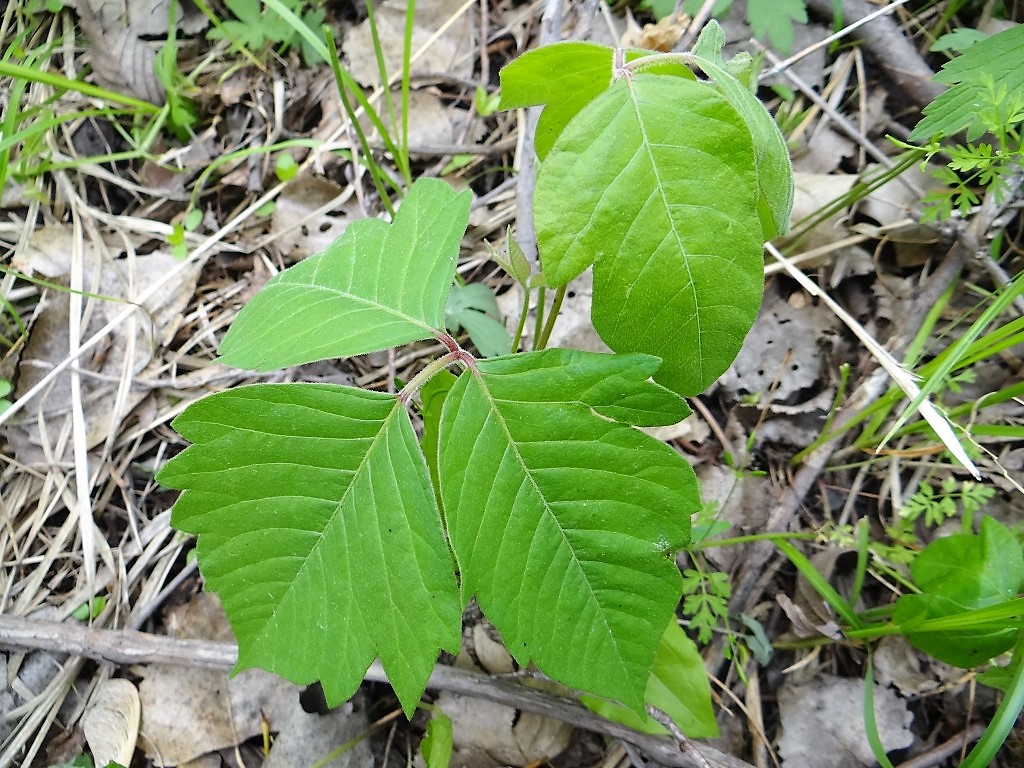
Conservation is important to practice when morel mushroom hunting. Try to limit yourself to what you will use and save some for other “hunters.” The mushrooms are a good supplement for wildlife before it begins to ‘green’ in the forest and plants such as nettles are fully available. Please take care of the forest and park landscape, plus “pack-in and pack-out.”
I want to encourage folks to make the trip to the park and participate in our special morel mushroom hunting contest which is a part of our 8th Annual Spring Outdoor Discovery Day on April 27th. The contest is one of the biggest draws for the event. There are many categories for it where fun prizes can be won. Some examples of those include: Biggest mushroom found, smallest mushroom found, who traveled the farthest to get to the contest, who traveled the shortest distance to come to the contest, the oldest person hunting morels, the youngest person hunting morels, etc.
Don’t forget your park permit and come visit us at Indian Cave for some great outdoor fun this spring!
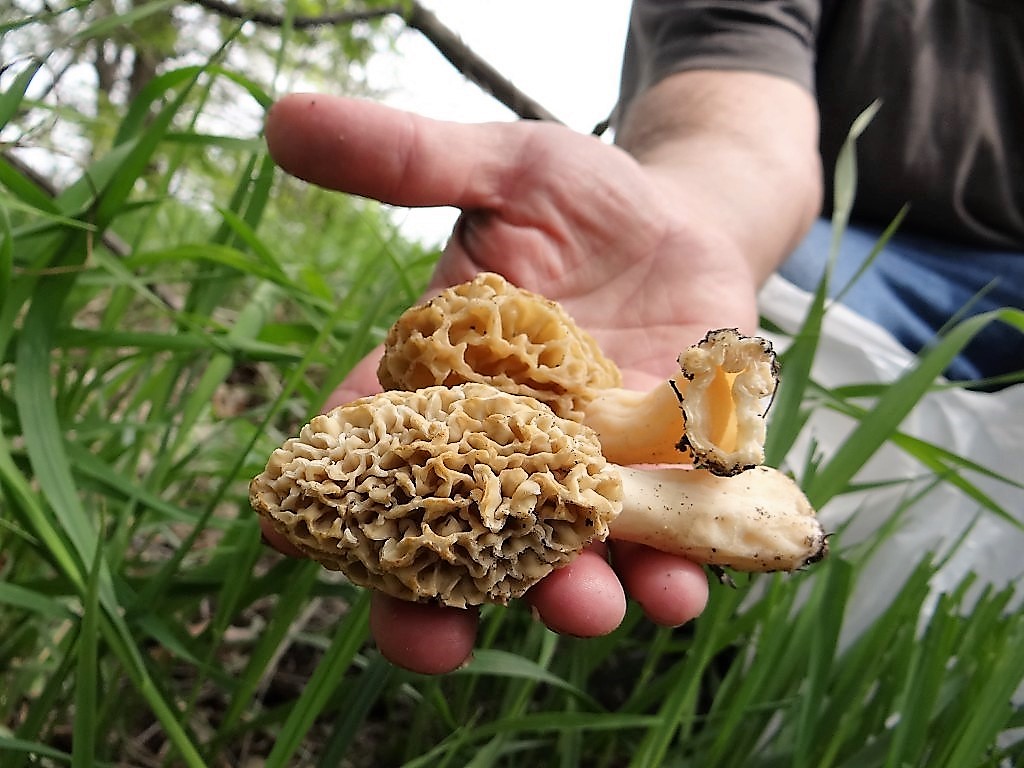
The post About Morel Mushrooms This Spring appeared first on Nebraskaland Magazine.

